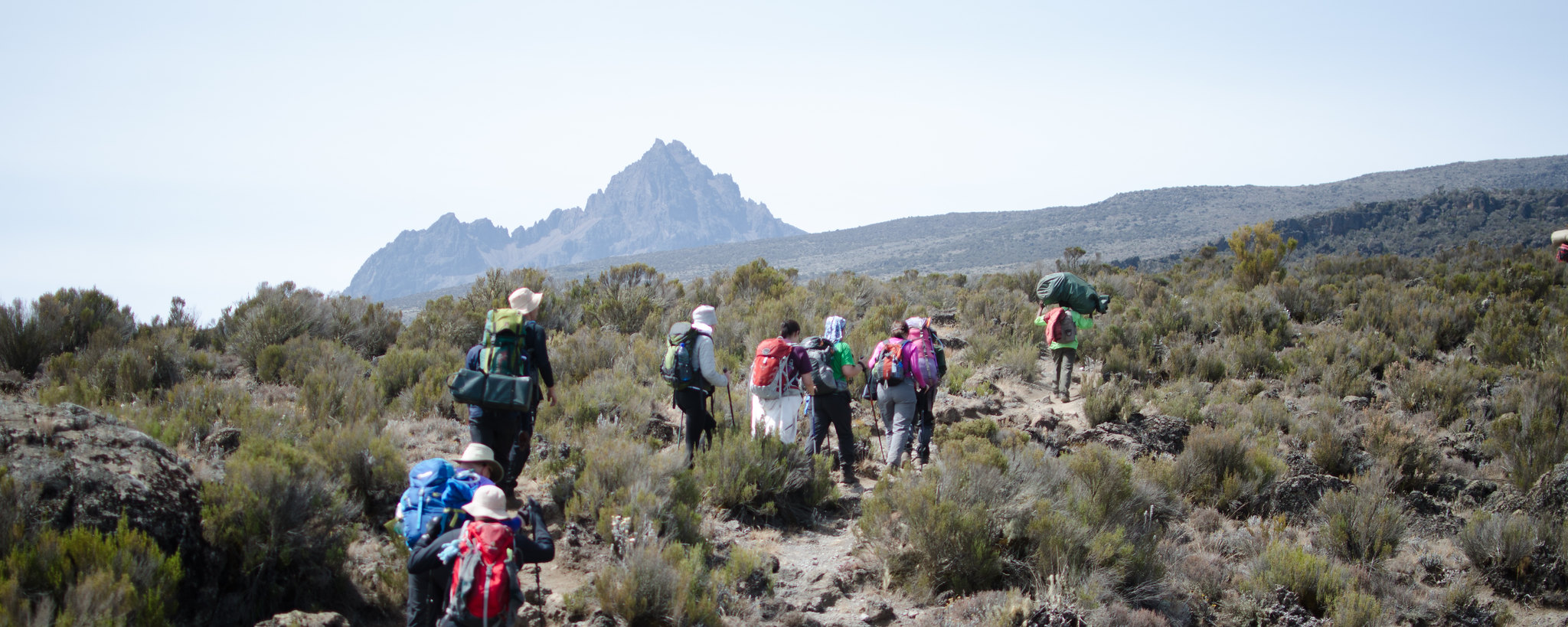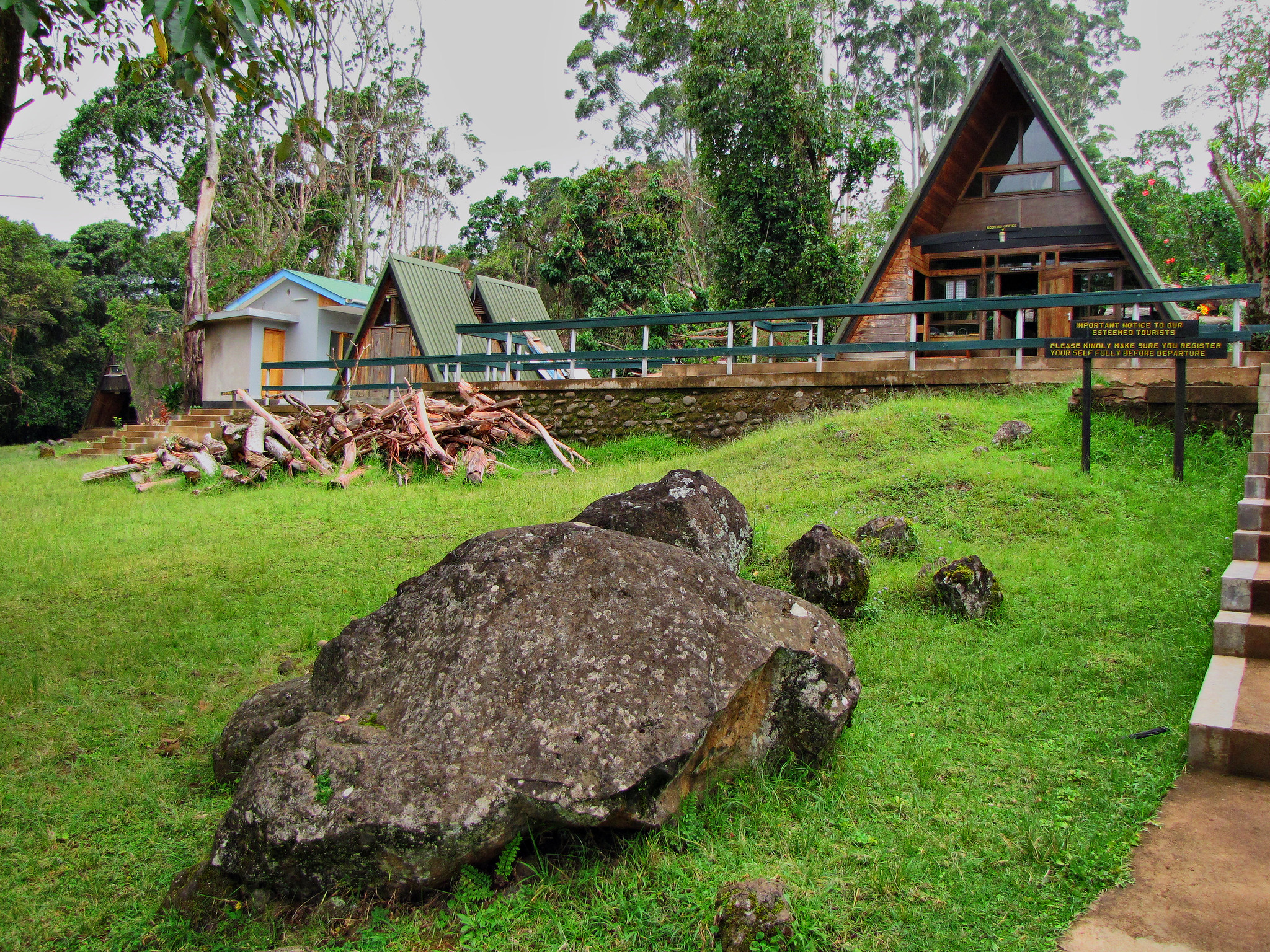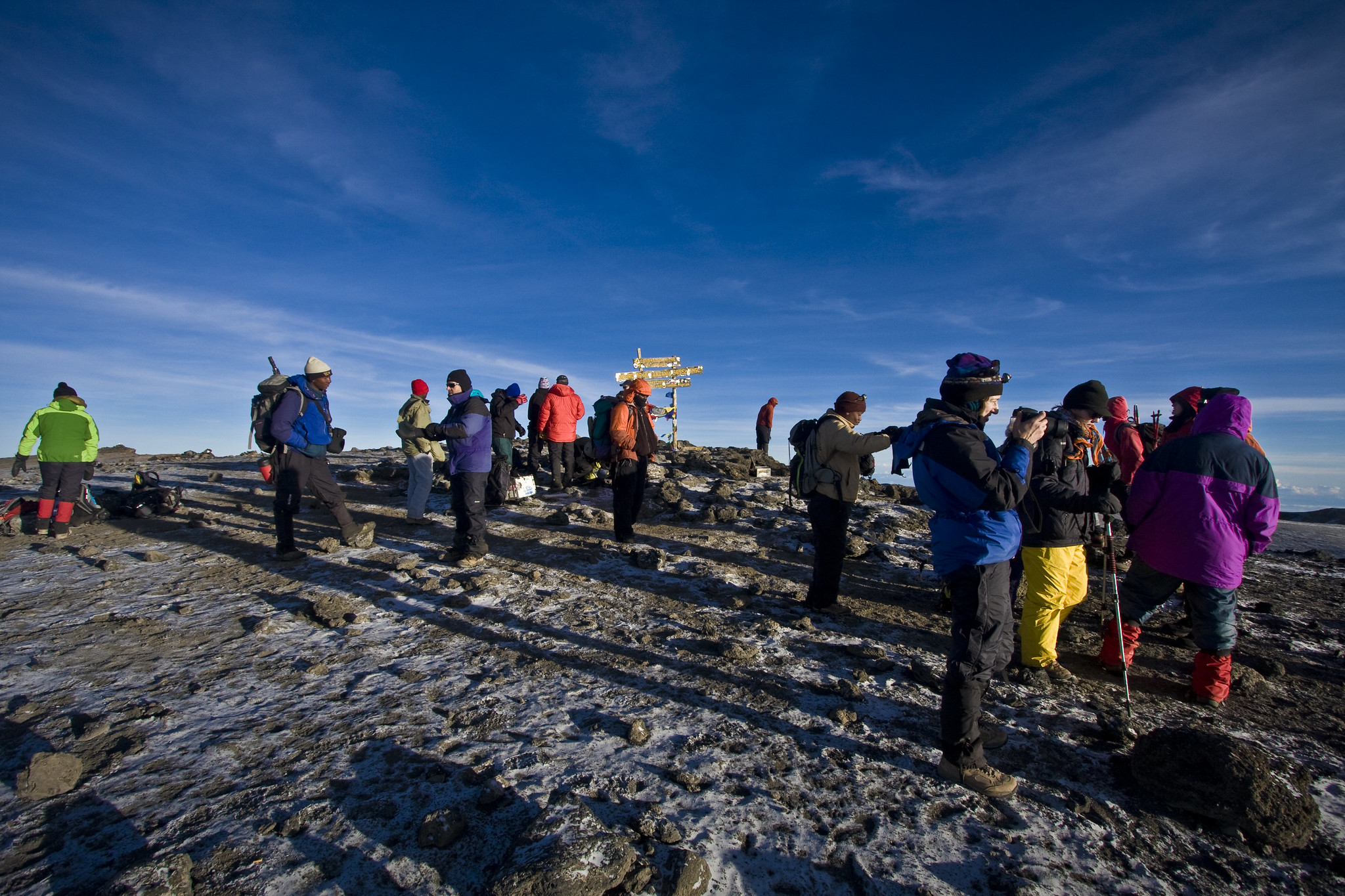Mikumi National Park
Mikumi is Tanzania’s fourth-largest national park, and the most accessible from Dar es Salaam.
With almost guaranteed year-round wildlife sightings, it makes an ideal safari destination for those without much time. Within its 3230 sq km, it hosts buffaloes, wildebeests, giraffes, elephants, lions, zebras, leopards, crocodiles and more, and chances are high that you’ll see a respectable sampling of these within a short time of entering the park.
Since the completion of the paved road connecting the park gate with Dar es Salaam, Mikumi National Park has been slated to become a hotspot for tourism in Tanzania. Located between the Uluguru Mountains and the Lumango range, Mikumi is the fourth largest national park in Tanzania and only a few hours drive from Tanzania’s largest city. The park has a wide variety of wildlife that can be easy spotted and also well acclimatized to game viewing. Its proximity to Dar es Salaam and the amount of wildlife that live within its borders makes Mikumi National Park a popular option for weekend visitors from the city, or for business visitors who don’t have to spend a long time on an extended safari itinerary.
The most reliable wildlife-watching is around the Mkata floodplain, to the northwest of the main road, with the open vistas of the small but lovely Millennium (‘Little Serengeti’) area a highlight. This area is especially good for spotting buffaloes – often quite near the roadside – as well as giraffes, elephants and zebras. Another attraction: the Hippo Pools, just northwest of the main entry gate, where you can watch hippos wallowing and snorting at close range, plus do some fine birding.
Mikumi is an important educational and research centre. Among the various projects being carried out is an ongoing field study of yellow baboons, which is one of just a handful of such long-term primate studies on the continent.
To the south, Mikumi is contiguous with Selous Game Reserve.
Most visitors come to Mikumi National Park aiming to spot the ‘Big
Five’ (cheetah, lion, elephant, buffalo, and rhino), and they are always
not disappointed. Hippo pools provide close access to the mud-loving
beasts, and bird-watching along the waterways is particularly rewarding.
Mikumi National Park borders the Selous Game Reserve and Udzungwa
National Park, and the three locations make a varied and pleasant safari
circuit.
Swirls of opaque mist hide the advancing dawn. The first shafts of
sun decorate the fluffy grass heads rippling across the plain in a
russet halo. A herd of zebras, confident in their camouflage at this
predatory hour, pose like ballerinas, heads aligned and stripes merging
in flowing motion.
Mikumi National Park abuts the northern border of Africa’s biggest
game reserve – the Selous – and is transected by the surfaced road
between Dar es Salaam and Iringa. It is thus the most accessible part of
a 75,000 square kilometre (47,000 square mile) tract of wilderness that
stretches east almost as far as the Indian Ocean.
The open horizons and abundant wildlife of the Mkata Floodplain, the
popular centre piece of Mikumi, draws frequent comparisons to the more
famous Serengeti Plains.
Lions survey their grassy kingdom – and the zebra, wildebeest, impala
and buffalo herds that migrate across it – from the flattened tops of
termite mounds, or sometimes during the rains, from perches high in the
trees. Giraffes forage in the isolated acacia stands that fringe the
Mkata River, islets of shade favoured also by Mikumi’s elephants.
Criss-crossed by a good circuit of game-viewing roads, the Mkata
Floodplain is perhaps the most reliable place in Tanzania for sightings
of the powerful eland, the world’s largest antelope. The equally
impressive greater kudu and sable antelope haunt the miombo-covered
foothills of the mountains that rise from the park’s borders.
More than 400 bird species have been recorded, with such colourful
common residents as the lilac-breasted roller, yellow-throated long claw
and bateleur eagle joined by a host of European migrants during the
rainy season. Hippos are the star attraction of the pair of pools
situated 5km north of the main entrance gate, supported by an
ever-changing cast of water-birds.



